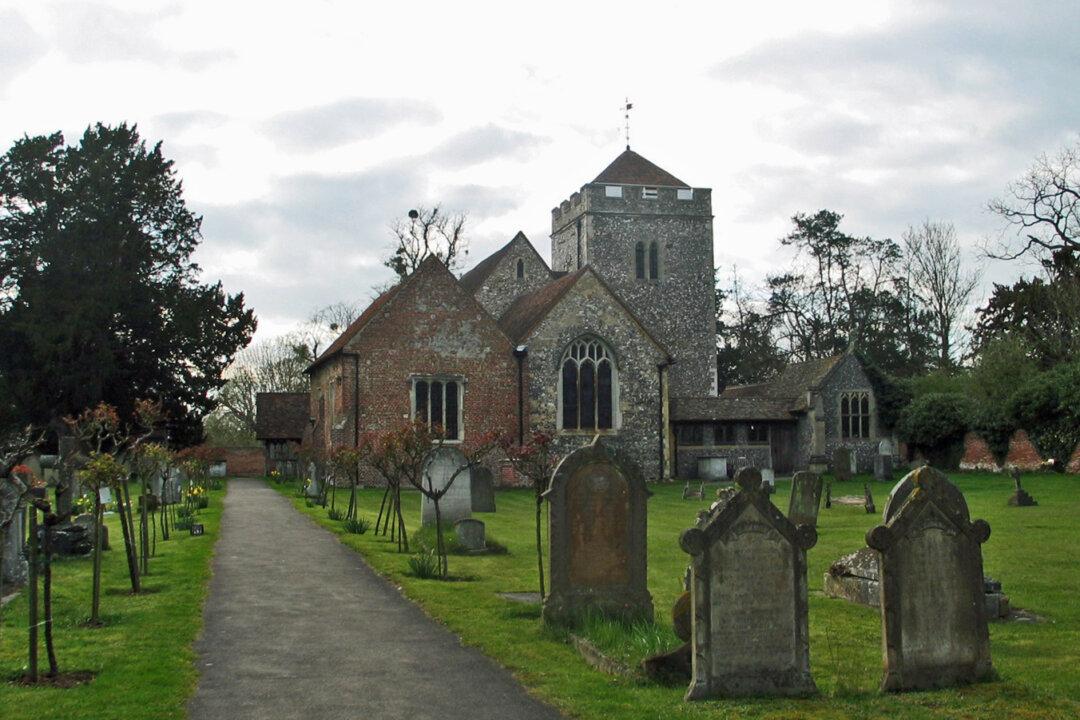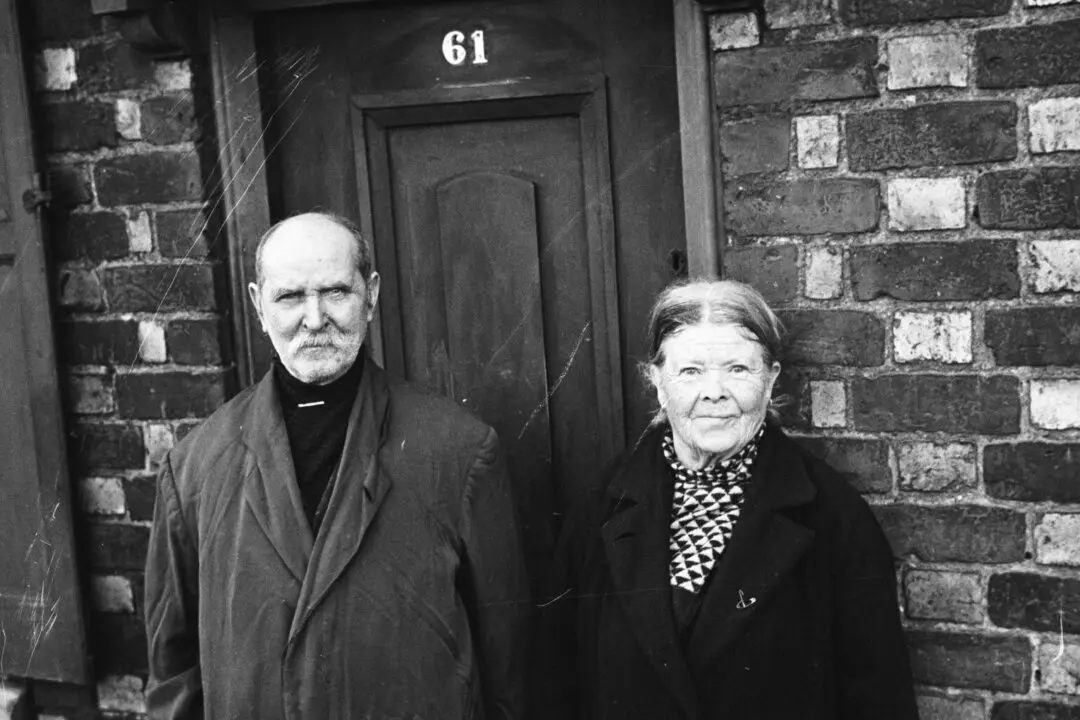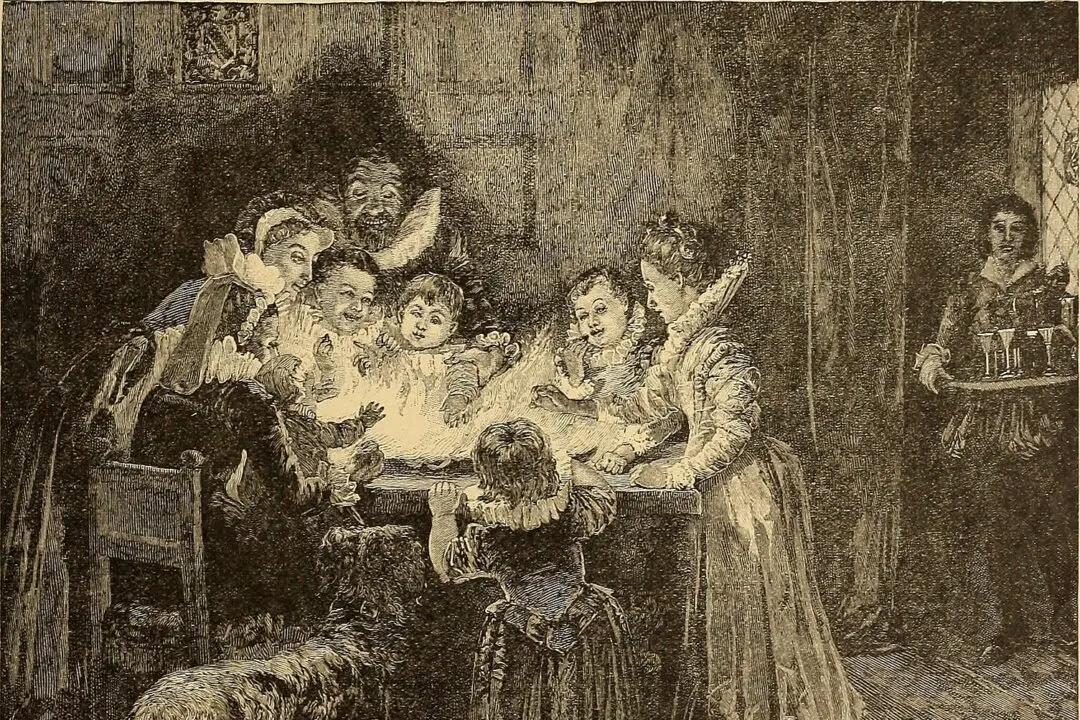Open the pages of a local newspaper and your eyes are likely to fall upon an obituary that includes lines like these: “John was a responsible citizen, a loving father, and a good neighbor. He was always ready to help, especially with handyman jobs. But his real passion was the outdoors, especially hunting and fishing. And he loved to root for his Packers.”
Just a few splashes of ink mark out a man’s 80 or 90 years on earth, explain how he spoke, moved, and the things that put a glint in his eye. They try to explain the moments large and small, successes, and failures accumulated across the decades. A few stale syllables articulate in dry words the longings, pleasures, and regrets—only ever half-understood by the man himself—that welled up and overflowed his heart. There aren’t enough words to sum up the miniature cosmos that is a human soul and life, and so, with limited newspaper space, we settle for 200 of them.






